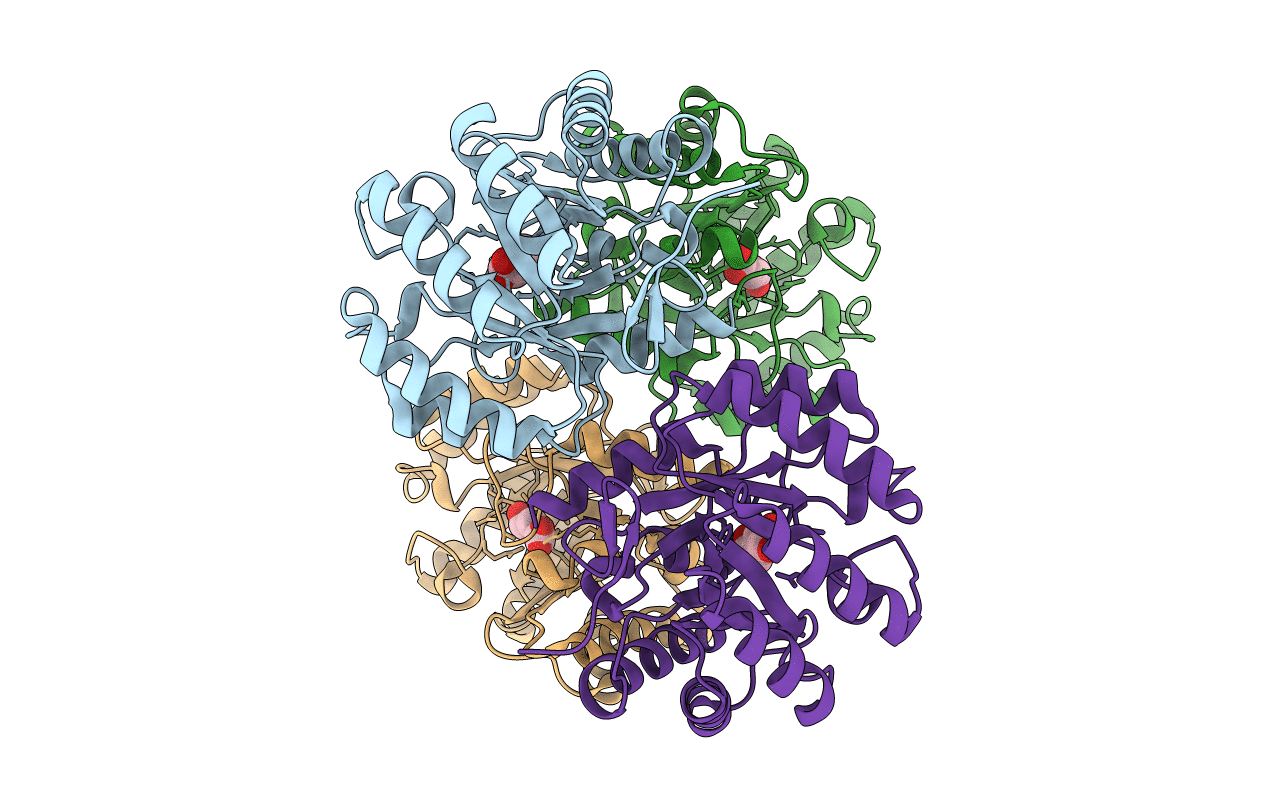
Deposition Date
2009-09-09
Release Date
2009-09-22
Last Version Date
2024-10-30
Entry Detail
PDB ID:
3JS3
Keywords:
Title:
Crystal structure of type I 3-dehydroquinate dehydratase (aroD) from Clostridium difficile with covalent reaction intermediate
Biological Source:
Source Organism:
Clostridium difficile (Taxon ID: 272563)
Host Organism:
Method Details:
Experimental Method:
Resolution:
2.20 Å
R-Value Free:
0.24
R-Value Work:
0.18
R-Value Observed:
0.19
Space Group:
P 1 21 1


